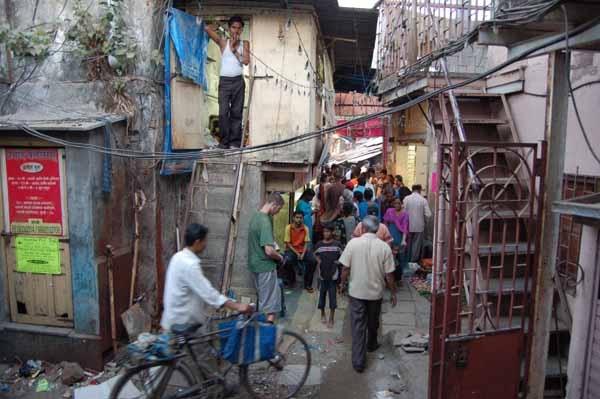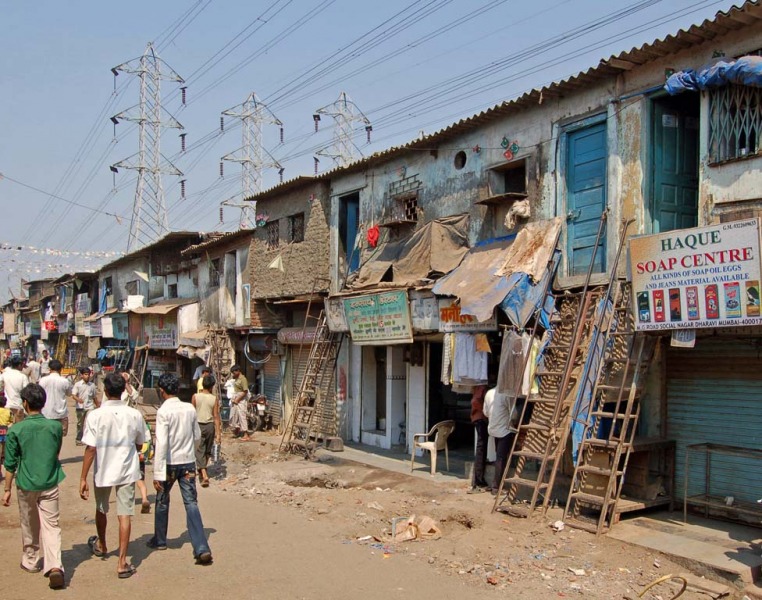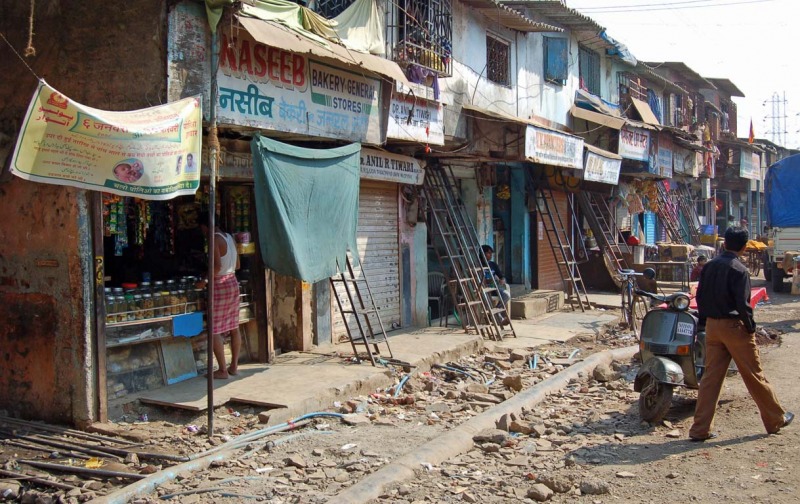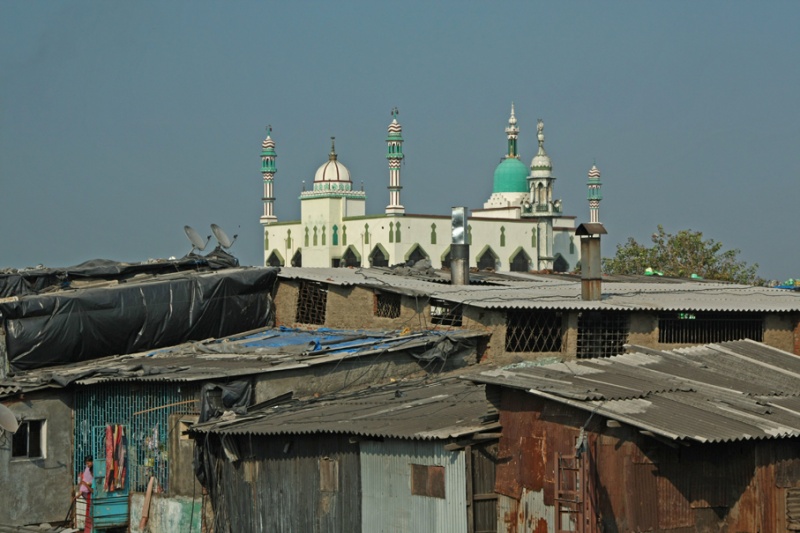#GC2022 is accepting submissions - 25d 27h 05m 44s
Perhaps informal settlement is the phenomenon that most challenges the role of architects. Informal settlement is hip. Slum, favelas, barrios, townships, geçekondus, all are hip. Prestigious universities organize fieldtrips for their students. Urbanists, economists, sociologists, anthropologists, and many others write about these habitats that developed without planning or top-down policies. And still these areas thrive and host many people.
Slum develops during high urbanization. The influx of labour from the countryside to the city goes far beyond the housing and absorption capacity of the city. Industrialization is a powerful driver of urbanization. During the industrial revolution, many slums emerged in Western cities. In factory towns, people lived in high density under miserable conditions. This side effect of the industrial revolution was overcome by introducing legislation that set conditions on the quality of housing. In addition, many manufacturers took the initiative to organize a good home for their employees.

Active seeing is a method by which we can easily access the architecture of informal settlement. The example below deals with how to connect with the upper floor. Note that many solutions are covering multiple needs and that there is little use in making “scientific” analyses by means of deconstructing a case into segregated concepts. Let’s forget about such an approach, have a down-to-earth look, and rely on common sense.





 some rights reserved
some rights reserved